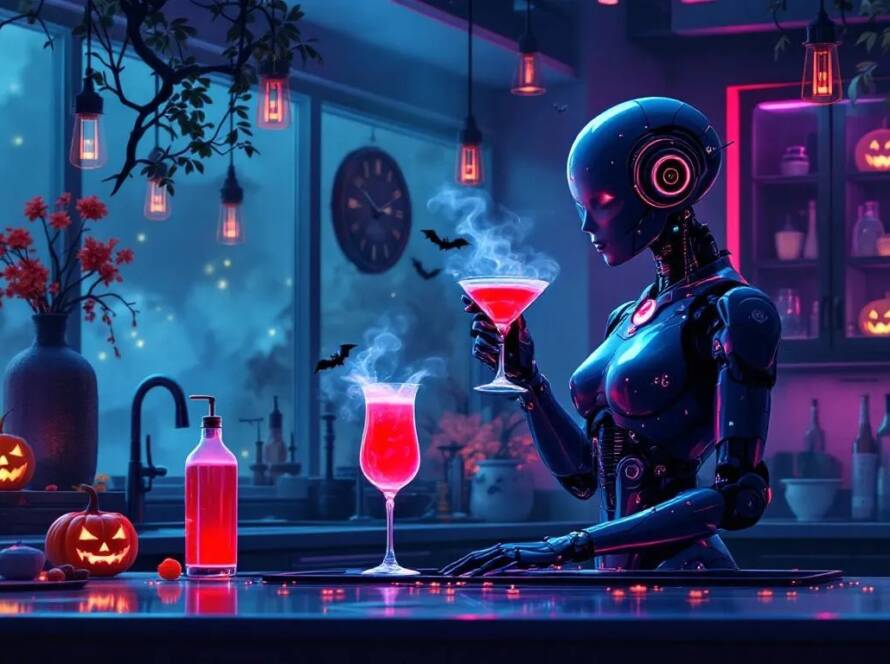Mimes
The connection between mimes and Halloween can be understood through several cultural and thematic lenses:
1. Costume and Performance Art
- Mimes as Costumes: Mimes often wear distinctive black and white costumes, which can be easily adapted for Halloween. Their theatrical makeup and exaggerated expressions make them a popular choice for Halloween costumes.
- Performance Aspect: Mimes are performers who communicate through gestures and facial expressions rather than words. This silent form of expression can add a unique and eerie element to Halloween festivities, where many people enjoy theatrical and dramatic presentations.
2. Themes of Silence and Mystery
- Silent Characters: Mimes embody silence, which can create a mysterious or unsettling atmosphere, fitting for Halloween’s themes of fear and the unknown. Their ability to convey emotions without speaking can enhance the spooky ambiance of Halloween events.
- Ghostly Presence: The white face paint and dark clothing of mimes can resemble ghostly figures, aligning with Halloween’s focus on the supernatural and the macabre.
3. Cultural References
- Media and Pop Culture: Mimes have appeared in various films and media that feature Halloween themes or horror elements. Their unique style can be used to create memorable characters in Halloween-themed stories or performances.
- Artistic Expression: Halloween often encourages creative expression, and mimes, as a form of performance art, can be a way for individuals to explore different personas and artistic styles during the holiday.
4. Events and Festivals
- Halloween Events: Some Halloween events may feature mime performances as part of their entertainment lineup, adding a unique twist to traditional spooky activities. Mimes can engage audiences in a fun and interactive way, enhancing the festive spirit.
In summary, the connection between mimes and Halloween lies in the visual and thematic elements that both share, including costume appeal, the performance aspect, and the ability to evoke mystery and intrigue.


